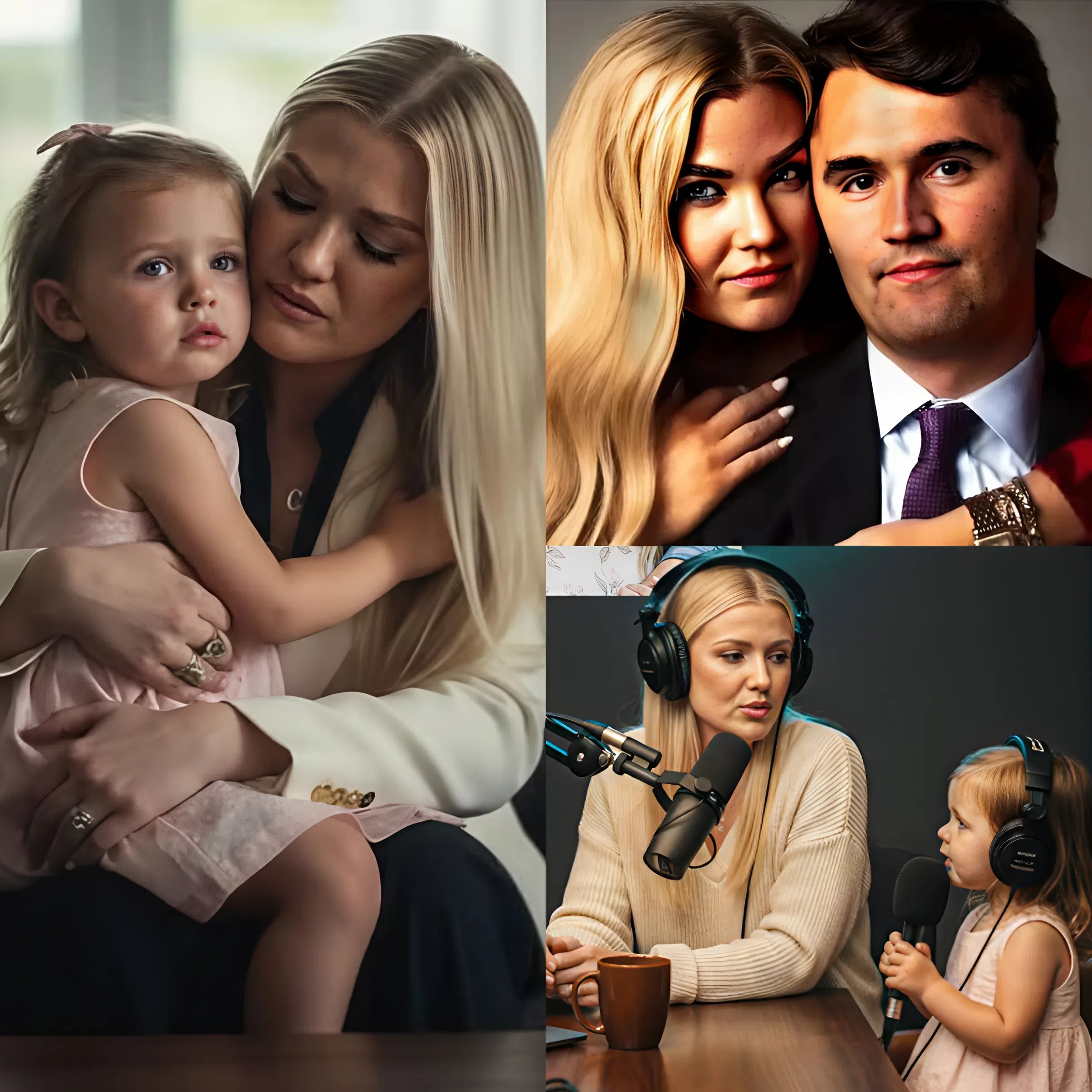
In an unprecedented moment for modern media, The Charlie Kirk Show has officially surpassed 1 billion views worldwide, a staggering milestone that has sent seismic tremors through the traditional television landscape. While many shows celebrate breaking the million- or even hundred-million-view mark, crossing the billion-view threshold is a different magnitude altogether — one that signals a profound shift in the way audiences consume content and the way networks must compete in an increasingly digital-first world. Industry insiders report that ABC executives are in what has been described as “full panic mode,” grappling with the implications of a show that thrives entirely outside the traditional broadcasting model.
For decades, network television relied on predictability: scheduled programming, ratings reports, and carefully calibrated advertising slots. Shows were built around prime-time slots and appointment viewing. Audiences tuned in at specific times, and networks measured success in Nielsen points and demographic breakdowns. But the digital era has rewritten the rules, and The Charlie Kirk Show exemplifies the new reality. With a billion views amassed largely through social media platforms like YouTube, Instagram, and TikTok, the show has demonstrated that influence is no longer confined to a network’s linear programming.

Media analysts are calling the milestone a “wake-up call” for broadcast television. Jessica Thornton, a media strategist with decades of experience in network consulting, explains:
“A billion views is not just a number. It’s proof that the traditional playbook no longer guarantees relevance. The show’s global reach and shareable format highlight that audiences crave immediacy, authenticity, and the ability to engage on their own terms. Networks are suddenly facing competition not just from streaming platforms, but from personality-driven content that can go viral overnight.”
The scale of the show’s success is matched by its cultural resonance. The Charlie Kirk Show has managed to cultivate a fanbase that is not just passive, but actively engaged. Audiences share clips, discuss episodes online, and participate in digital conversations that amplify the show’s reach. This level of engagement creates a feedback loop that traditional networks struggle to replicate: the more the content is shared and discussed, the more views it generates, which in turn fuels further virality.
For ABC, the news has reportedly sparked alarm. Internal analytics reveal declining viewership among key demographics, particularly the 18–49 age group, which advertisers prize most. Sources say executives are grappling with a stark reality: if audiences continue to migrate toward digital-first, shareable content, network television risks losing not only viewers, but also the ad revenue that has sustained it for decades. One insider confided:
“There’s a growing sense of urgency. It’s not about competing anymore — it’s about survival. Networks are facing a scenario where the most influential content in the world doesn’t even air on their channels.”
The implications extend beyond mere ratings. Advertisers, historically tethered to network programming for its predictability and reach, are now confronted with a choice: continue investing in traditional television, or pivot to digital platforms where content like The Charlie Kirk Show commands unprecedented attention. Adrian Cole, a digital marketing expert, elaborates:
“Advertisers follow the audience. A billion viewers worldwide — many of whom are highly engaged and demographically diverse — represent a reach that traditional TV cannot match. This shifts the balance of power in the media industry. Networks that fail to adapt risk becoming irrelevant overnight.”
Analysts also note the strategic sophistication behind the show’s distribution. Segments are deliberately optimized for virality: short, punchy clips designed for easy consumption, shareable graphics, and a format that encourages debate and discussion. This contrasts sharply with traditional network programming, which often depends on extended episodes and tightly controlled scheduling. In essence, The Charlie Kirk Show is a masterclass in modern audience engagement, leveraging the mechanics of digital virality to achieve impact on a scale that legacy networks find nearly impossible to replicate.
The ripple effects are already evident across the industry. Competitor networks and streaming services are reportedly evaluating hybrid models that blend traditional programming with viral digital content. Executives are exploring ways to capture audience attention in an era where viewers are empowered to dictate what succeeds — a reality in which influence, not airtime, determines success.
For viewers, the billion-view milestone represents more than just a number. It signals a shift in media consumption habits, reflecting the democratization of influence. Audiences now hold unprecedented power, capable of elevating personalities to global prominence without the need for network approval. The rise of The Charlie Kirk Show exemplifies this phenomenon: content is no longer constrained by schedules, geographic borders, or traditional gatekeepers. Instead, engagement, shareability, and resonance with audiences drive its success.
Some industry veterans caution that networks should not view the show purely as a threat. Instead, it could serve as a blueprint for adaptation. Hybrid strategies that embrace short-form content, social media distribution, and personality-driven shows may allow traditional networks to reclaim relevance. However, the urgency is palpable. Internal memos obtained by insiders suggest that ABC and other major networks are conducting “emergency strategy sessions” to address the seismic impact of digital-first content. The conversations reportedly revolve around rapid adaptation, experimentation with digital platforms, and reconsideration of conventional programming approaches.

Meanwhile, The Charlie Kirk Show continues its meteoric rise. Its billion-view milestone is likely only the beginning, as its engaged audience continues to generate organic promotion across platforms. The show exemplifies the principles of modern content success: authenticity, shareability, and audience participation. For traditional networks, it is a vivid reminder that influence today is global, instantaneous, and increasingly independent of legacy structures.
In retrospect, the achievement underscores a fundamental truth about media evolution: power no longer rests solely in the hands of network executives. Audiences have claimed unprecedented control over what content thrives. For ABC, the milestone has triggered a moment of reckoning, forcing executives to confront a simple reality — the rules have changed, and survival depends on adaptation, innovation, and perhaps a willingness to embrace the very digital dynamics that once seemed peripheral.
Ultimately, the billion views earned by The Charlie Kirk Show mark a watershed moment in entertainment history. It demonstrates that in an era of digital ubiquity, a show’s influence is measured not just by its airtime, but by its resonance across global audiences. Networks that fail to recognize this shift risk obsolescence, while those willing to adapt may find new avenues for growth in a rapidly changing landscape.
As ABC executives reportedly scramble to devise strategies, one thing is undeniable: The Charlie Kirk Show has reshaped expectations for what success looks like in modern media. The tremors it has sent through traditional television are just beginning. Audiences are watching, sharing, and engaging on a scale previously unimaginable, and the billion-view milestone is proof that in the digital age, influence knows no boundaries.
Whether network executives can rise to the challenge remains to be seen. But for now, The Charlie Kirk Show stands as a symbol of the new media order — one in which virality, engagement, and global reach determine the ultimate measure of impact. Traditional television may never look the same again.


